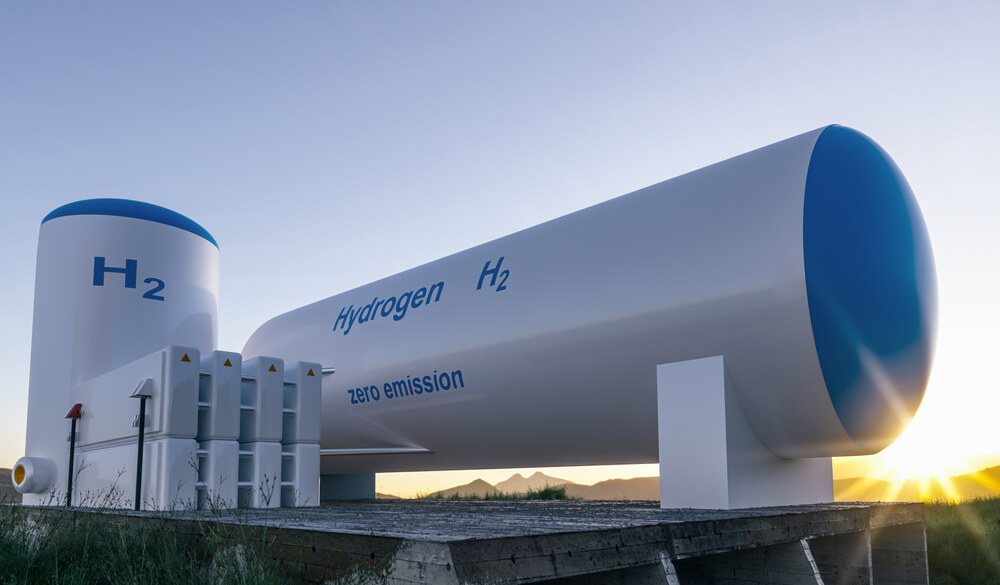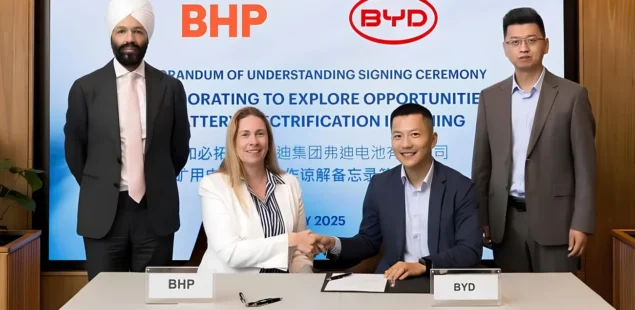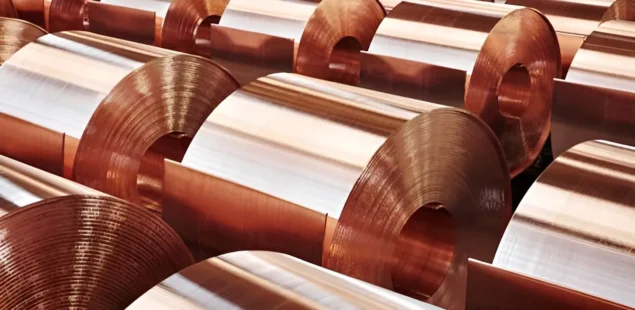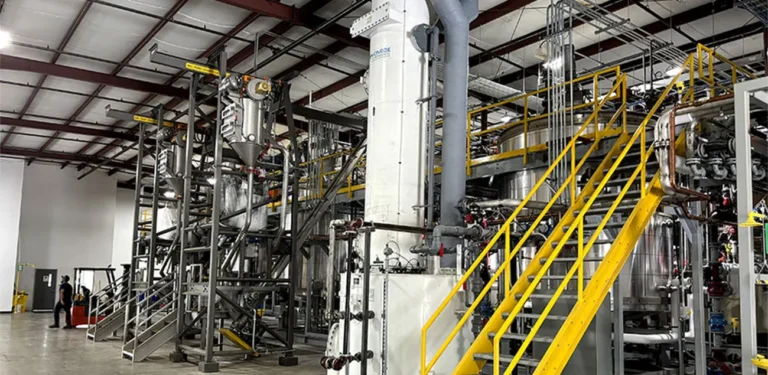
Palladium membranes are emerging as a highly effective solution for the purification of hydrogen gas, offering a green, efficient, and cost-effective method for meeting the growing demand for pure hydrogen across various industries. Their unique properties—high selectivity and permeability—make them ideal for applications such as fuel cells, ammonia production, and petrochemicals.
"Hydrogen production from hydrocarbons remains the primary source of hydrogen. Before its use in proton exchange membrane (PEM) fuel cells, hydrogen must be separated from gas mixtures and purified," said Sergey Saltykov, Nornickel's Head of R&D. He noted that membrane purification stands out as one of the most promising methods for this process.
How Palladium Membranes Work
Palladium membranes operate by allowing only hydrogen to pass through while blocking other components in gas mixtures. This is due to palladium's unique "transparency" to hydrogen. Hydrogen dissolves into the palladium lattice and diffuses through it, while other gases are excluded.
Typically, these membranes are made of a thin palladium layer on a substrate. However, ensuring strong adhesion between the palladium film and the substrate remains a technological challenge. Saltykov explained, "We are integrating advanced physical and electrochemical methods to enhance adhesion in our membranes. This improves their service life and optimizes the hydrogen permeance/selectivity ratio. Our new palladium membranes offer superior hydrogen performance and extended durability compared to existing commercial solutions."
Advantages of Palladium Membranes
Palladium membranes bring several key benefits to hydrogen purification:
- Exceptional Selectivity: Their unique properties allow only hydrogen to pass, ensuring high purity levels.
- High Permeability: Palladium membranes efficiently transport hydrogen at high rates, making them suitable for large-scale industrial applications.
- Sustainability: Compared to traditional methods like pressure swing adsorption or cryogenic distillation, palladium membranes consume less energy and have a smaller operational footprint.
- High-Temperature Performance: These membranes can function at elevated temperatures, enhancing hydrogen flux and removing impurities like carbon monoxide and sulfur compounds.
These advantages make palladium membranes a sustainable and cost-effective alternative for hydrogen purification, addressing the growing demand for clean energy solutions.
Challenges and Ongoing Research
Despite their benefits, palladium membranes face challenges, particularly their vulnerability to poisoning by impurities such as sulfur and carbon monoxide. To address this, researchers are developing palladium-based alloys and composite membranes with enhanced resistance to these impurities. Efforts are also focused on improving the mechanical and thermal stability of the membranes, ensuring they can withstand industrial operating conditions.
The Path Ahead
Palladium membranes hold immense potential for the future of hydrogen purification. Their high selectivity, permeability, and ability to operate at elevated temperatures position them as a critical technology for advancing hydrogen as a clean energy carrier.
Industries such as fuel cells, ammonia production, and petrochemicals stand to benefit from these innovations. Continued research and development aim to refine the design and composition of palladium membranes, reducing their susceptibility to impurities while improving their efficiency and durability.
As global demand for pure hydrogen rises, palladium membranes are likely to play a central role in the transition to a hydrogen-powered future, driving sustainability across multiple industries.



